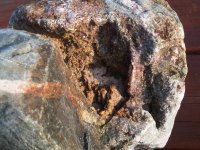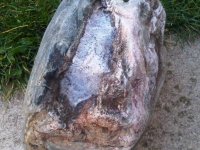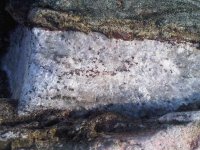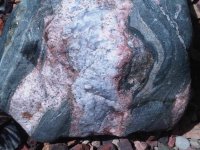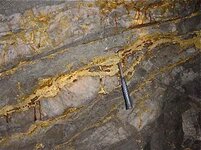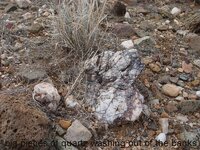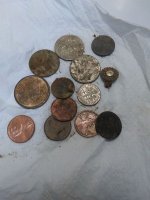makton
Sr. Member
I found this rock on the beaches of Lake Superior U.P. Michigan.
Is this what I want to look for in finding quartz?
pic 1 looks like some of the copper I have gotten from the U.P. but I really don't know what I am looking for...yet.
I also collected some of the black sand from the beaches and there are known gold mines within a mile.
Any help/advice is always welcomed.
Thanks,
Makton
Is this what I want to look for in finding quartz?
pic 1 looks like some of the copper I have gotten from the U.P. but I really don't know what I am looking for...yet.
I also collected some of the black sand from the beaches and there are known gold mines within a mile.
Any help/advice is always welcomed.
Thanks,
Makton
Attachments
Upvote
0


